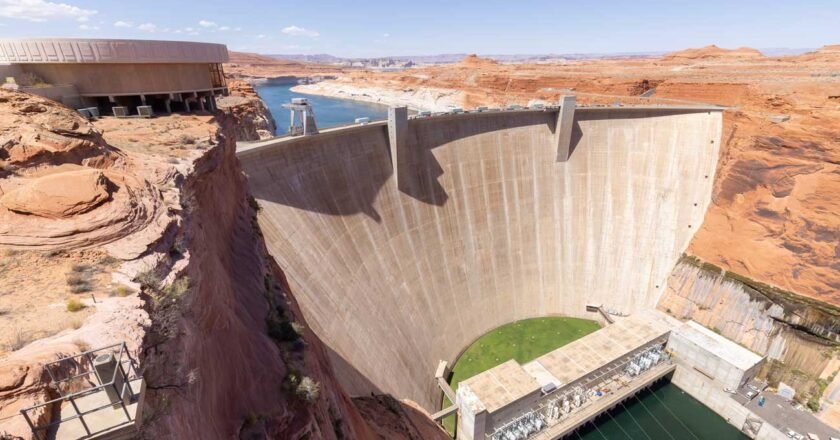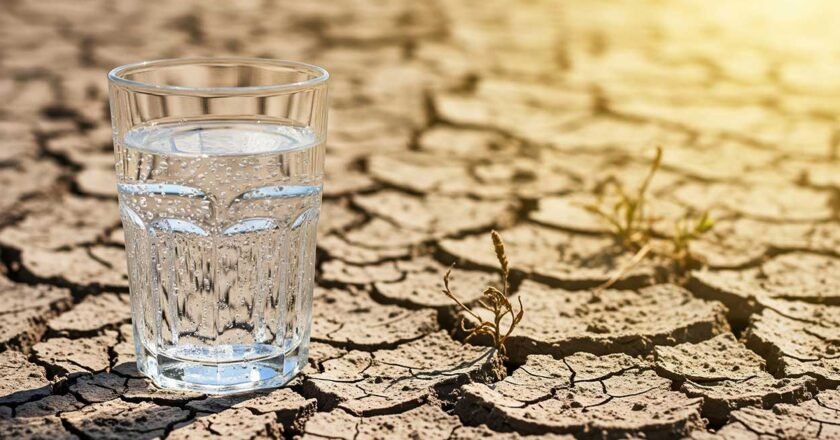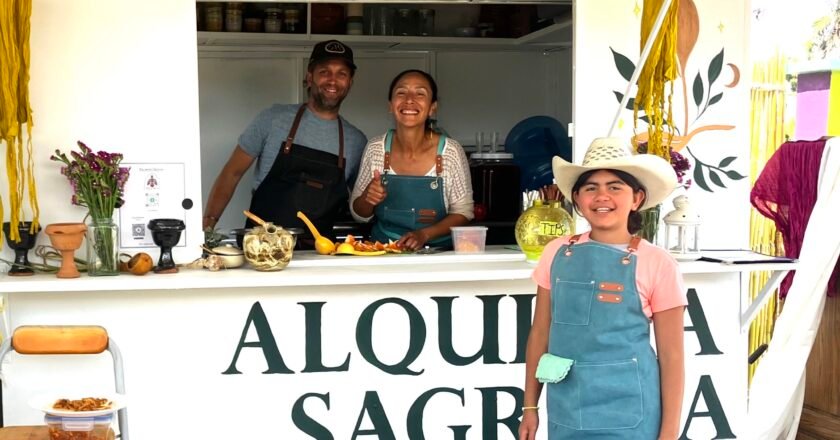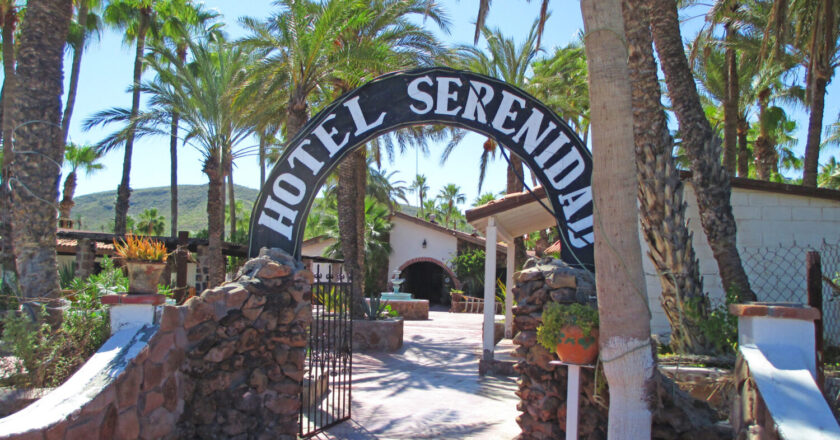Overcomes Life’s Hardships Part one of two One day I was driving north to Rosarito near Fox studio. On the …


Overcomes Life’s Hardships Part one of two One day I was driving north to Rosarito near Fox studio. On the …

Problem Solved – Part 2 WW Editorial Read “Part 1: Baja Faces Water Cuts” here… Wilderness is not a luxury …

High-stake Negotiations Faulter Water Watch Editorial, Part 1 Time is running out for Baja and the seven states that are …

By Martina Dobesh Since the family found water on their property, they went to work creating their first garden. Itwas …

June fog was just burning off the coast when I pulled into Tempest Traders just south of Rosarito. I’ve long …

Water Watch Editorial Lake Mead is dropping again and this is a reminder that we are fast approaching 2026. Freelance …

Ed. Note. A couple of weeks back, we ran a piece in our Cabo edition about the alleged closure of …

Venture off the Beaten Path For decades Baja California has been known as a destination for Spring breakers. But this …

Water Wars – Water Watch Update Series Is it really climate change causing Baja California’s water issue? A truth lies …

Part of our Water Watch Report Series Eric Faulken the executive director of the Glen Canyon Institute said, “One or …